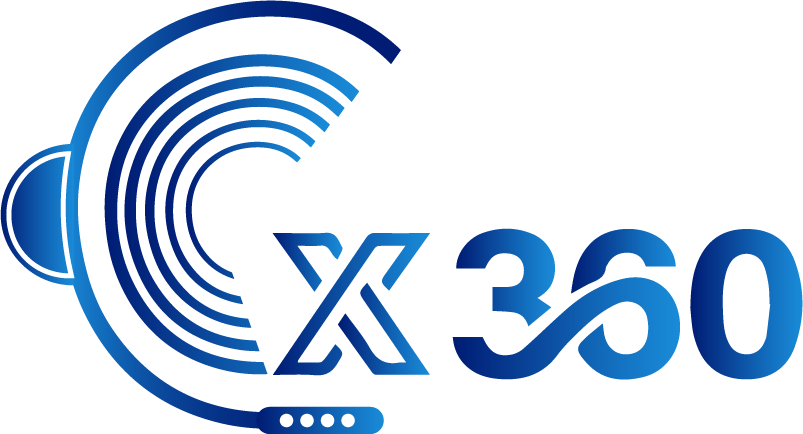In a data-driven world, decisions can no longer rely solely on intuition or outdated information. Businesses that succeed today are the ones that act fast, pivot quickly, and move forward with confidence—powered by data they can trust. That’s why reporting tools have evolved from optional extras to mission-critical assets.
They don’t just present numbers—they transform raw data into actionable insights, providing clarity, foresight, and measurable value across all levels of an organization. When paired with robust reporting & QFM solutions, these tools become even more powerful, streamlining operations and enabling smarter, faster decisions in real time.
Let’s explore why these tools aren’t just helpful—they’re the backbone of modern business intelligence.
1. From Data Chaos to Clarity
Every day, businesses generate and collect enormous volumes of data—from customer feedback and financial transactions to operational metrics and asset management logs. Without a structured way to analyze this information, it can become overwhelming and useless.
Reporting & QFM solutions (Quality Facilities Management) consolidate this data into centralized dashboards and reports, making it easy to see what matters most:
- Performance KPIs
- Asset utilization rates
- Maintenance schedules
- Customer service response times

These insights help leaders focus on trends, spot inefficiencies, and act proactively rather than reactively.
2. Real-Time Reporting Drives Real-Time Results
One of the biggest advantages of modern reporting tools is the ability to access real-time data. In fast-paced environments—like facilities management, contact centers, or logistics—every second counts.
With reporting & QFM services, managers gain instant visibility into:
- Operational bottlenecks
- Workforce availability and allocation
- Downtime risks and response times
This level of transparency enables swift action, reducing downtime, avoiding delays, and ensuring every team member is working efficiently toward shared goals.
3. Better Visibility = Better Resource Management
In facilities or asset-intensive environments, knowing where your resources are and how they’re performing is crucial.
Reporting & QFM solutions allow you to:
- Track and optimize equipment usage
- Monitor energy and resource consumption
- Plan preventive maintenance with precision
- Allocate teams based on demand and performance data
With this kind of insight, organizations not only save money—they extend asset lifecycles, boost operational efficiency, and improve overall service delivery.
4. Informed Decisions Backed by Accurate Data
Whether you’re a senior executive planning long-term strategy or a department head managing daily workflows, decisions are only as good as the data behind them.
Reporting & QFM services provide:
- Customizable dashboards tailored to different roles
- Automated reporting schedules to reduce manual effort
- Trend analysis to support forecasting and strategic planning
These features allow teams to make decisions based on facts, not assumptions—minimizing risk and maximizing opportunity.
5. Boosting Compliance and Accountability
In heavily regulated industries, accountability isn’t optional—it’s a necessity. Reporting tools help businesses maintain compliance with industry standards, safety regulations, and internal policies by automatically tracking and documenting key activities.
With the support of reporting & QFM services, you can easily:
- Generate audit-ready reports
- Track service level agreements (SLAs) and maintenance logs
- Document inspections, incidents, and resolutions
This not only ensures peace of mind but also builds trust with clients, regulators, and stakeholders.
6. Enhancing Communication Across Teams
Data is most powerful when it’s shared. Custom reports and visual dashboards help break down silos by making information accessible to multiple departments—from finance to facilities to HR.
By leveraging reporting & QFM solutions, teams can:
- Collaborate with shared insights
- Align goals and KPIs across departments
- Make unified decisions faster

Improved communication means less time wasted in meetings, fewer misunderstandings, and a more synchronized approach to reaching business objectives.
7. Scalability for Growing Operations
As organizations grow, so do their data needs. The beauty of modern reporting tools lies in their scalability. Whether you’re overseeing one site or multiple locations worldwide, reporting & QFM solutions adapt to your needs.
You can:
- Integrate with other systems (ERP, CRM, CMMS, etc.)
- Automate reporting across departments and regions
- Add users, customize reports, and update KPIs as goals evolve
With this level of flexibility, your decision-making infrastructure grows alongside your business—without disruption.
Final Thoughts: Smarter Decisions Start With Smarter Reporting
In a world where every move matters, clear, timely, and actionable information is the true competitive advantage. Reporting tools, especially when supported by advanced reporting & QFM services, empower businesses to make smarter decisions that are fast, flexible, and firmly grounded in reality.
They don’t just keep you informed—they keep you ahead.
Whether you’re managing a facility, overseeing customer operations, or driving company-wide transformation, these tools give you the power to lead with clarity, act with purpose, and scale with confidence.


